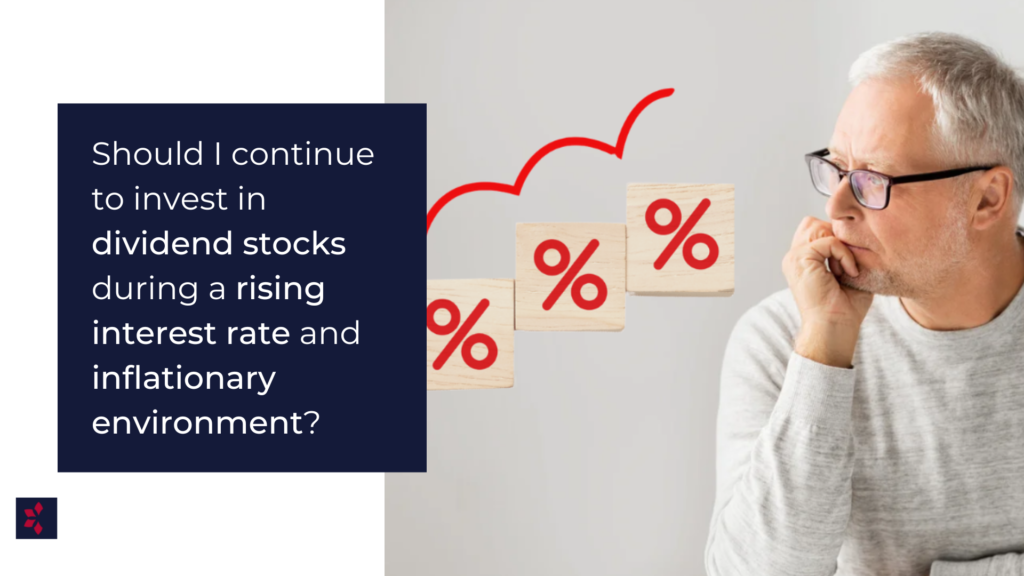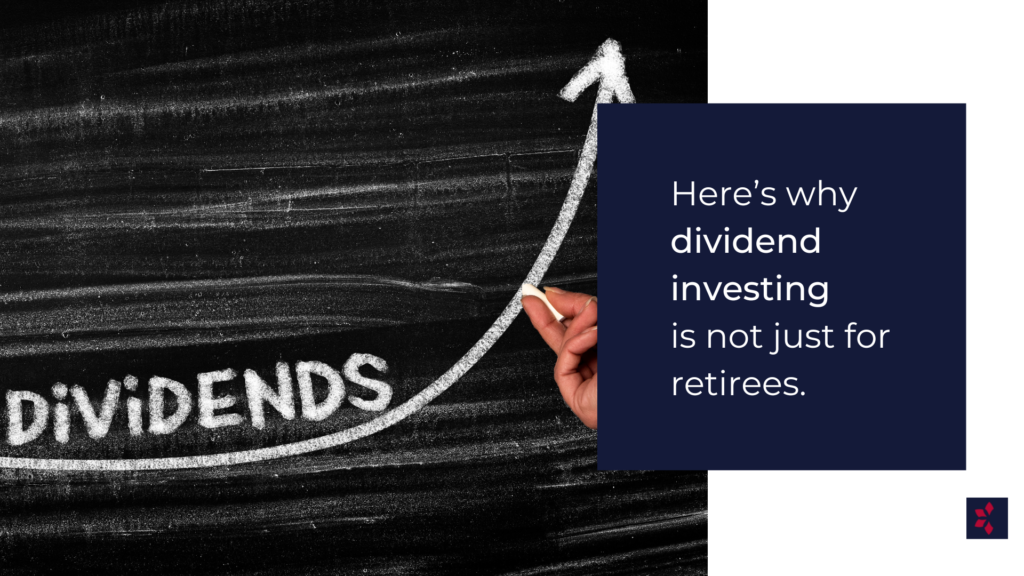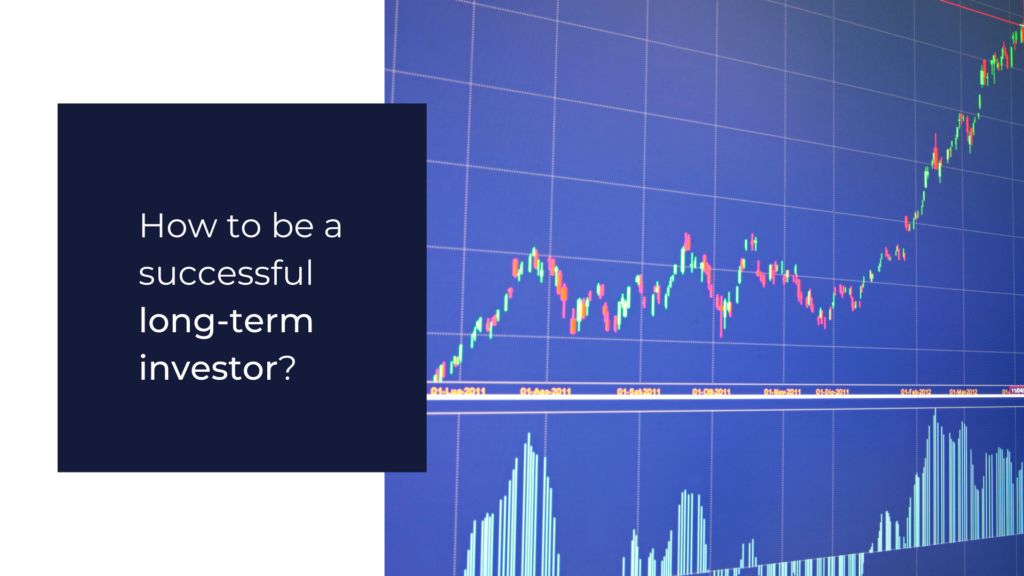Should I Continue to Invest in Dividend Stocks During a Rising Interest Rate and Inflationary Environment?

Many investors turn to dividend stocks for income which can be especially attractive in a low interest rate environment. But what about a rising interest rate environment when there are potentially other types of investments whose yields may start to look attractive? Do dividend stocks perform well in periods of high inflation?
In this article we provide some thoughts about investing in dividend stocks in a rising interest rate and inflationary environment.



